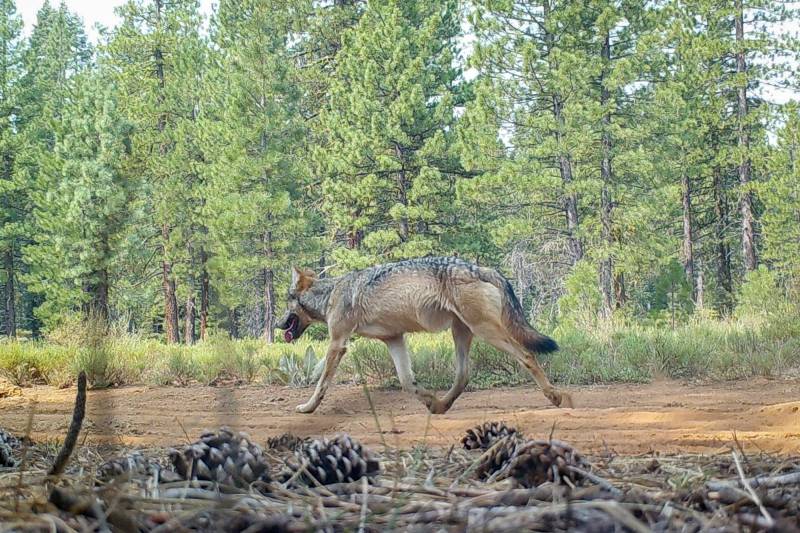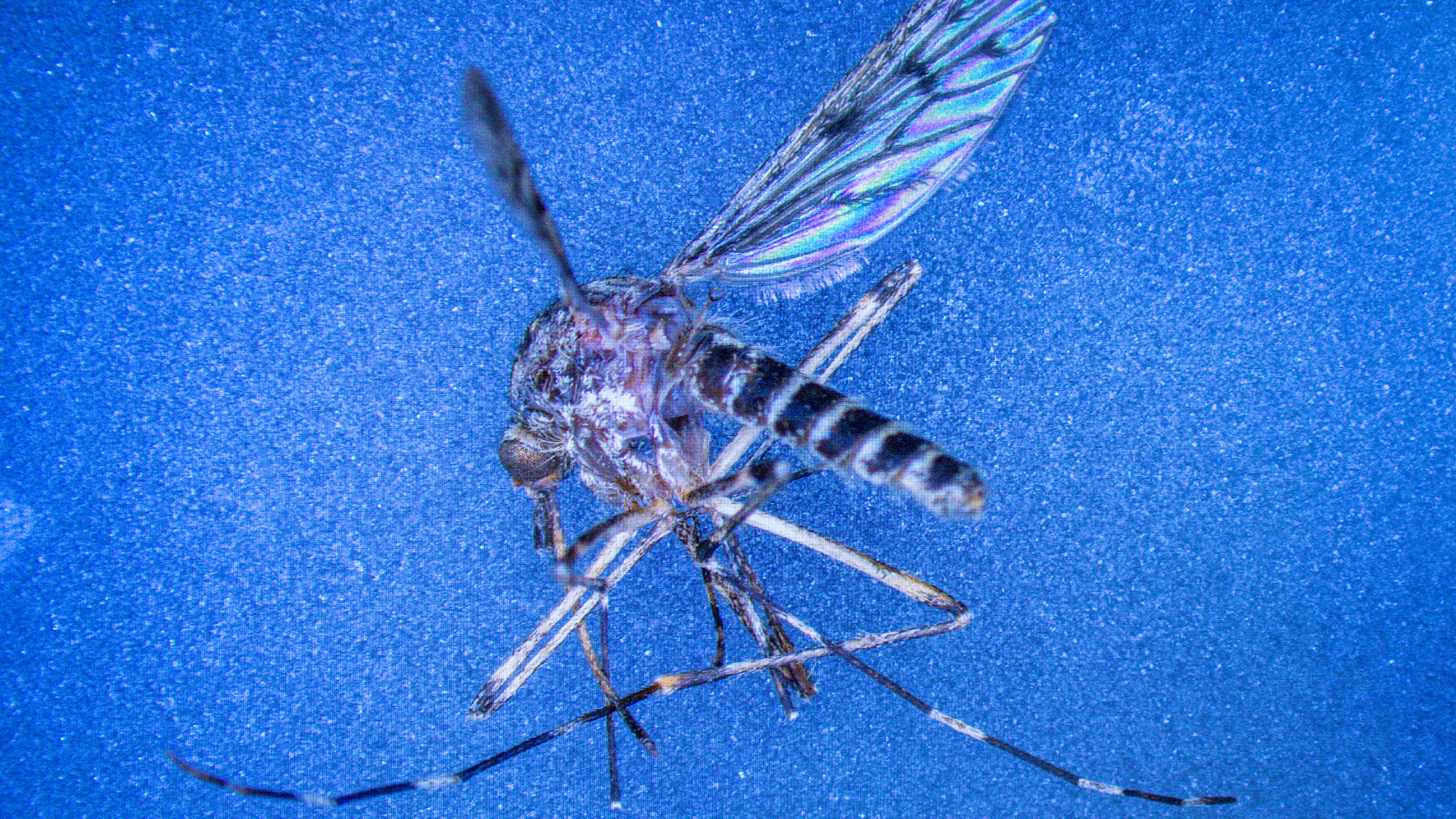When gray wolves returned to California after hunters wiped out the population a century ago, conservationists and state officials were delighted. But as the state’s wolf numbers have grown, so has desperation among ranchers in rural northeastern counties whose livestock has increasingly come under attack.
In Sierra County, where Supervisor Paul Roen told KQED that 95% of cattle ranchers in his district have lost cattle to attacks, state wildlife officials have taken an unprecedented step to deal with the problem.
“We feed all predators to a certain extent, but we cannot be the steakhouse, open every night for them to come and consume. It is just not sustainable,” said Roen, who is also a rancher.
After first trying to divert the wolf attacks in other ways, California Department of Fish and Wildlife (CDFW) officials announced Friday that they had euthanized four wolves in the Beyem Seyo pack. It marks the first time the state has lethally removed wolves under the California Endangered Species Act.
The pack included a breeding pair, as well as another female and male. A juvenile wolf was also accidentally targeted and killed, mistaken for the breeding male.
“Wolves are one of the state’s most iconic species and co-existence is our collective future, but that comes with tremendous responsibility and sometimes hard decisions,” CDFW Director Charlton Bonham said Friday in an emailed statement.
“The Beyem Seyo pack became so reliant on cattle at an unprecedented level, and we could not break the cycle, which ultimately is not good for the long-term recovery of wolves or for people.”
State investigations in the Sierra Valley area found that between March 28 and September 10, the pack was collectively responsible for 70 total livestock losses, representing 63% of the state’s total. This, said CDFW officials, means the wolves were responsible for one of the highest concentrations of cattle deaths among the Western states.
Gray wolves naturally prey on wild ungulates, like deer and elk. However, as the state has changed, so have their tastes, adapting to the new landscape.
These particular wolves, the state said, had become conditioned to cattle as a primary food source, a behavior that “persisted and was being passed on to their offspring.”
State officials pursued alternative strategies for months before making the decision to euthanize members of the pack. This included “hazing,” or techniques intended to scare wolves off without causing them harm.
The U.S. Department of Agriculture sent a team operating drones carrying speakers playing AC/DC and other loud noises. State officials deployed a “summer strike team,” providing ranchers with round-the-clock support.
Local ranchers were “committed,” Roen said, many of them sleeping in their fields all summer, trying to “dissuade and haze wolves out of the livestock.”
“It’s a shame that it had to only come to that,” Roen said. “Nobody’s happy about what happened, but everybody’s relieved that something was done to help stop the siege that we were living in.”
Wolves are listed as a recovering endangered species, which means it’s illegal to kill them under state and federal law. Along with other California predators, like the grizzly bear, wolves were hunted into extirpation during European colonization and settlement of the West.
This all changed in December 2011, when a gray wolf named OR-7 crossed into California’s Siskiyou County, the first confirmed wild wolf spotted in the state since 1924.
Today, ten packs of wolves live in California, all descendants of the famed wolf reintroduction to Yellowstone National Park in 1995. The return of the apex predator after a 70-year absence ushered in a noticeable and profound impact on the local ecology, “changing the rivers,” as a viral 2014 video put it.
Kaggie Orrick, the director of the California Wolf Project at UC Berkeley, said that any loss of life in the state is tragic, whether it’s the death of the wolves or the loss of cattle in the Sierra Valley.
Balancing the protection of individual animals with the success of a species as a whole, she said, is a constant struggle within conservation work.
“The removal of one pack is not necessarily going to be detrimental for wolf recovery across the state,” she said. “We are going to continue to see other packs populate and disperse throughout all of California. That also speaks to the fact that we need to really be focused on improving management and the science of wolves in the state, because they’re only going to just keep coming.”
KQED’s Danielle Venton contributed to this report.
https://ww2.kqed.org/news/2025/10/27/california-takes-unprecedented-step-of-killing-4-endangered-wolves-after-cattle-attacks/



